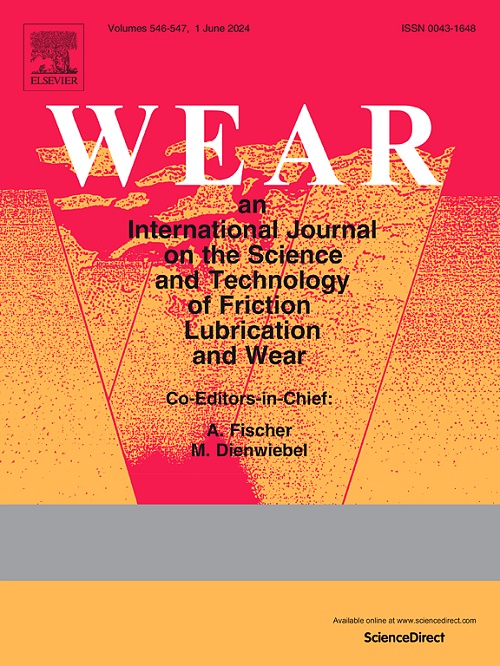A new perspective on rail corrugation and its practical implications
IF 5.3
1区 工程技术
Q1 ENGINEERING, MECHANICAL
引用次数: 0
Abstract
To investigate the possible formation and evolution mechanisms of rail corrugation related to the resonances of wheel and rail, a wave approach is adopted to characterize the wave propagation and vibration behaviour of the track. Through the receptance coupling method, the interaction model of multiple wheels and track is established taking into account the P2 resonance and resonances due to the wave interaction, which is applied in combination with the wheel/rail rolling contact model and the Archard wear equation to demonstrate the formation and development of the rail corrugation in both low-speed metro and high-speed rail systems. The numerical results show that the resonances due to the wave interaction between adjacent wheels can lead to short-pitch corrugation with a wavelength of 20 mm–30 mm in the metro system and long wavelength corrugation of 110 mm–160 mm in the high-speed railway, which is supported by corresponding field measurements. It is also noted that the short-pitch corrugation in the metro and the long wavelength corrugation in the high-speed railway share the common frequency range of 550–700 Hz, which is explained from the perspective of the quasi-resonance phenomenon of the multiple wheels and track coupled system.
求助全文
约1分钟内获得全文
求助全文
来源期刊

Wear
工程技术-材料科学:综合
CiteScore
8.80
自引率
8.00%
发文量
280
审稿时长
47 days
期刊介绍:
Wear journal is dedicated to the advancement of basic and applied knowledge concerning the nature of wear of materials. Broadly, topics of interest range from development of fundamental understanding of the mechanisms of wear to innovative solutions to practical engineering problems. Authors of experimental studies are expected to comment on the repeatability of the data, and whenever possible, conduct multiple measurements under similar testing conditions. Further, Wear embraces the highest standards of professional ethics, and the detection of matching content, either in written or graphical form, from other publications by the current authors or by others, may result in rejection.
 求助内容:
求助内容: 应助结果提醒方式:
应助结果提醒方式:


